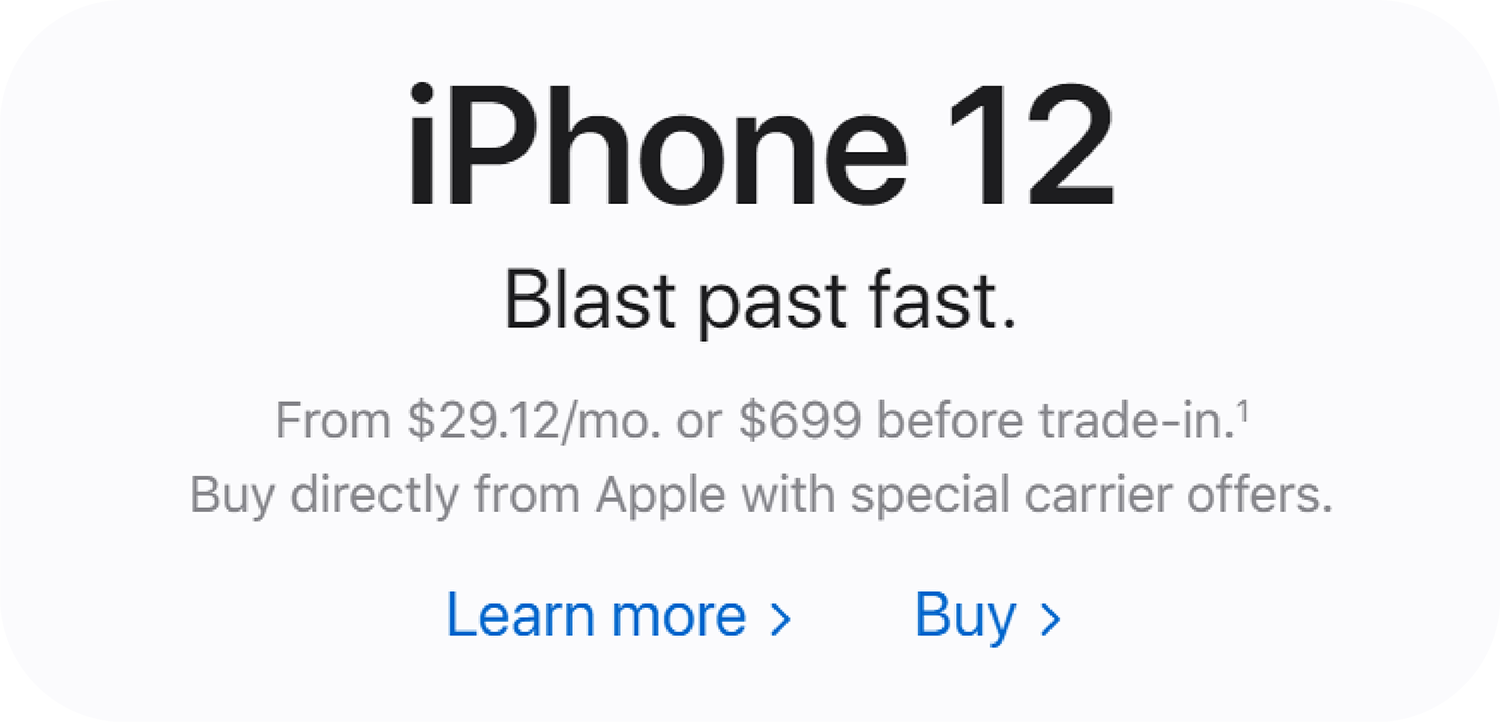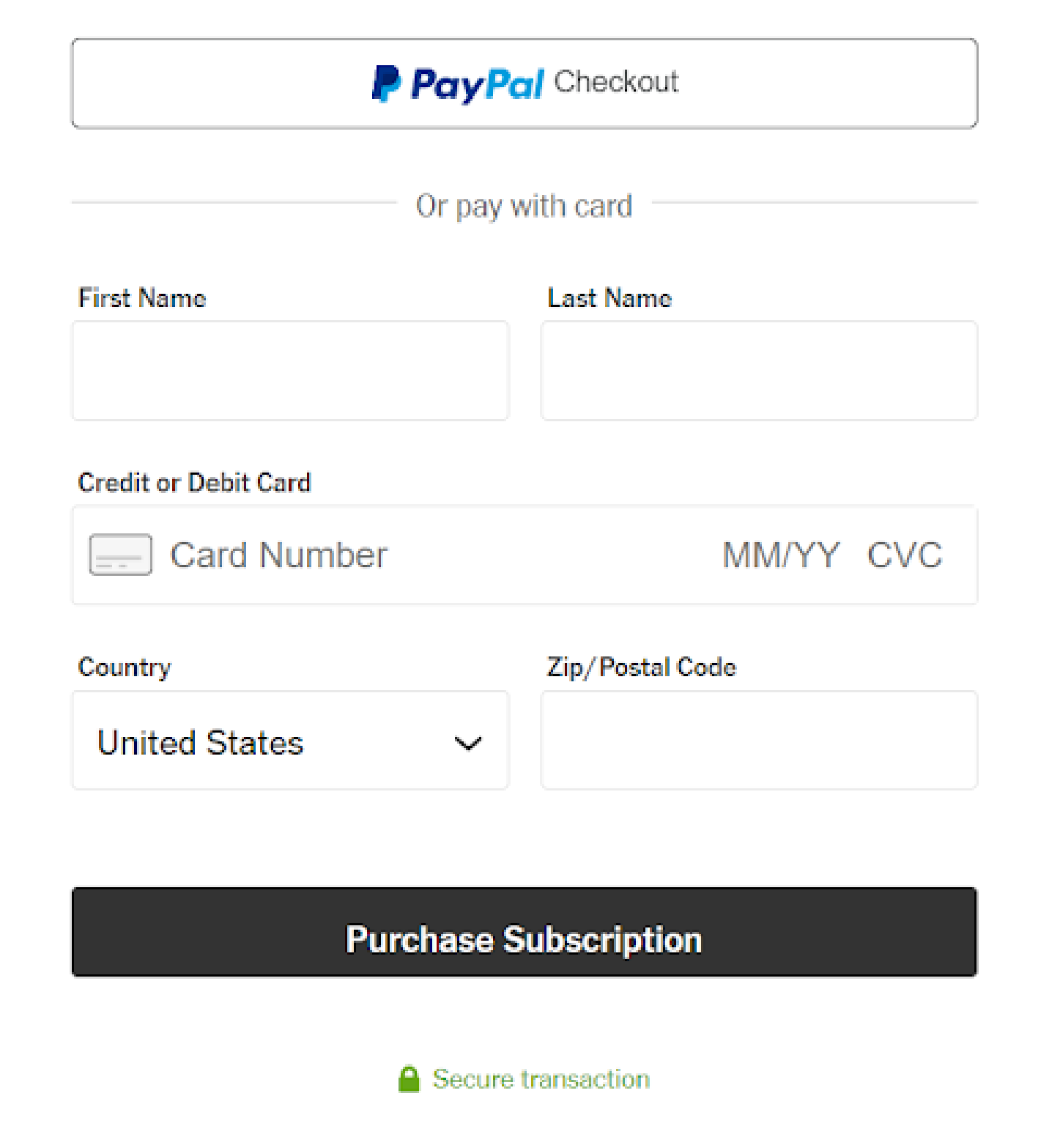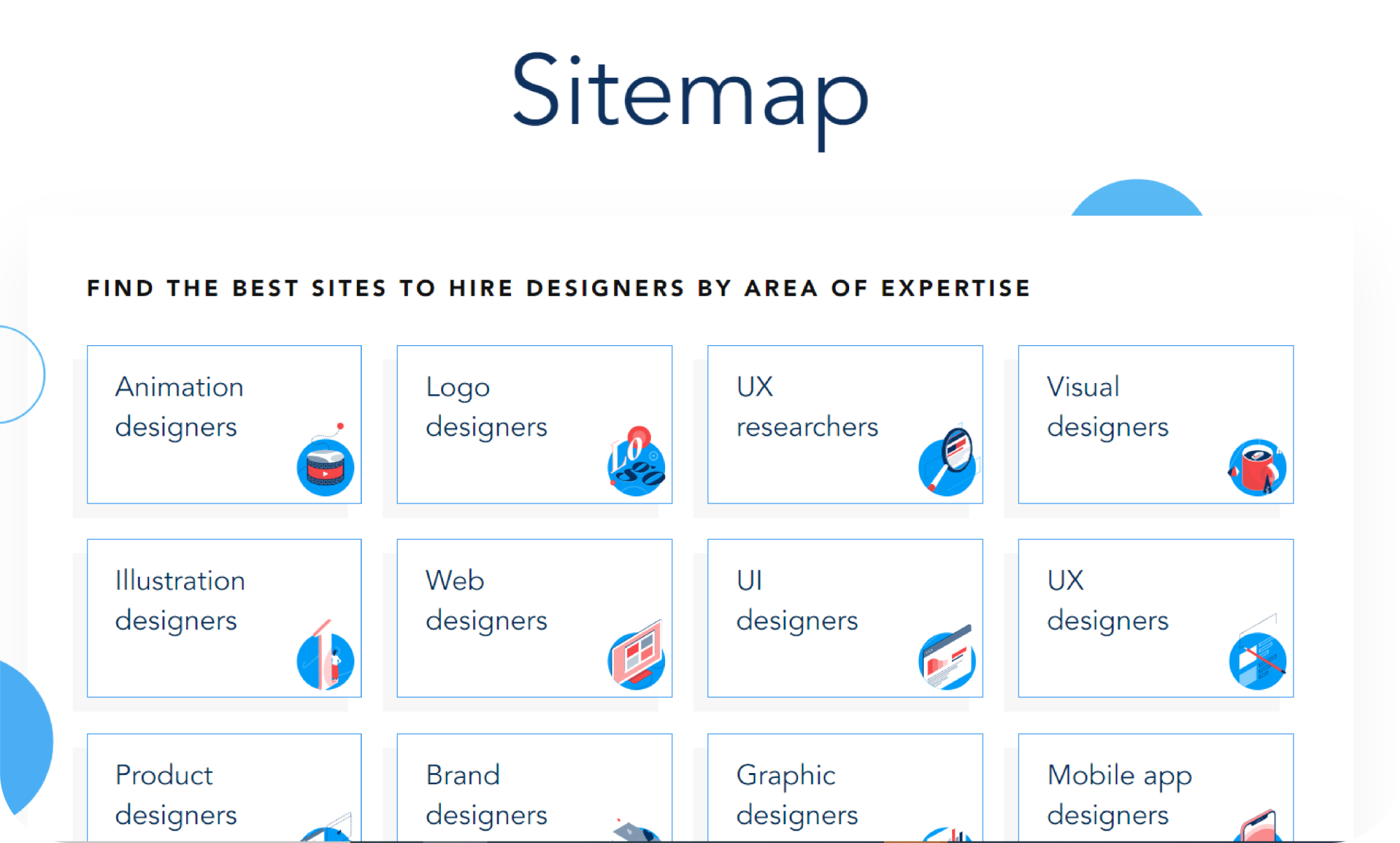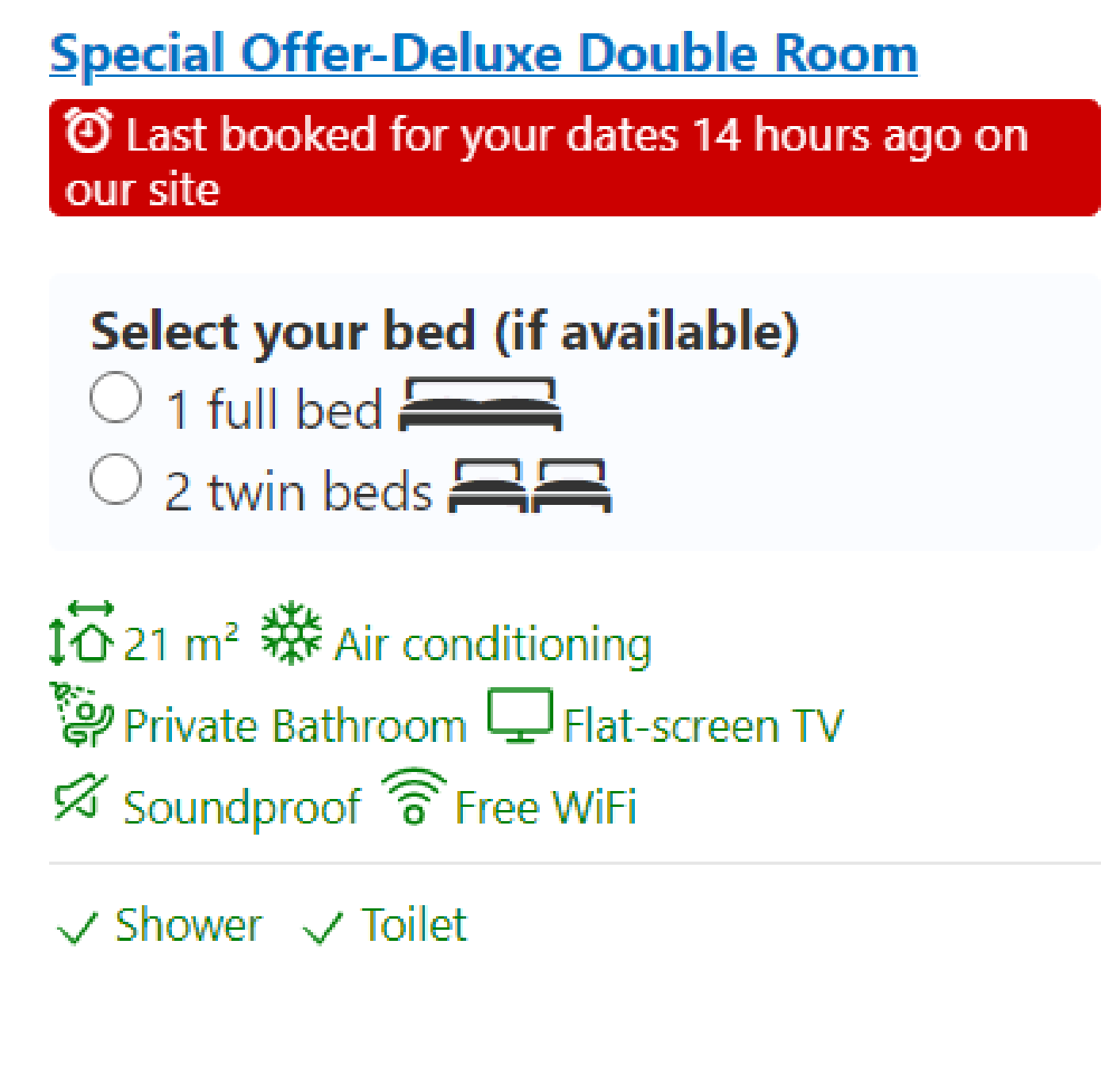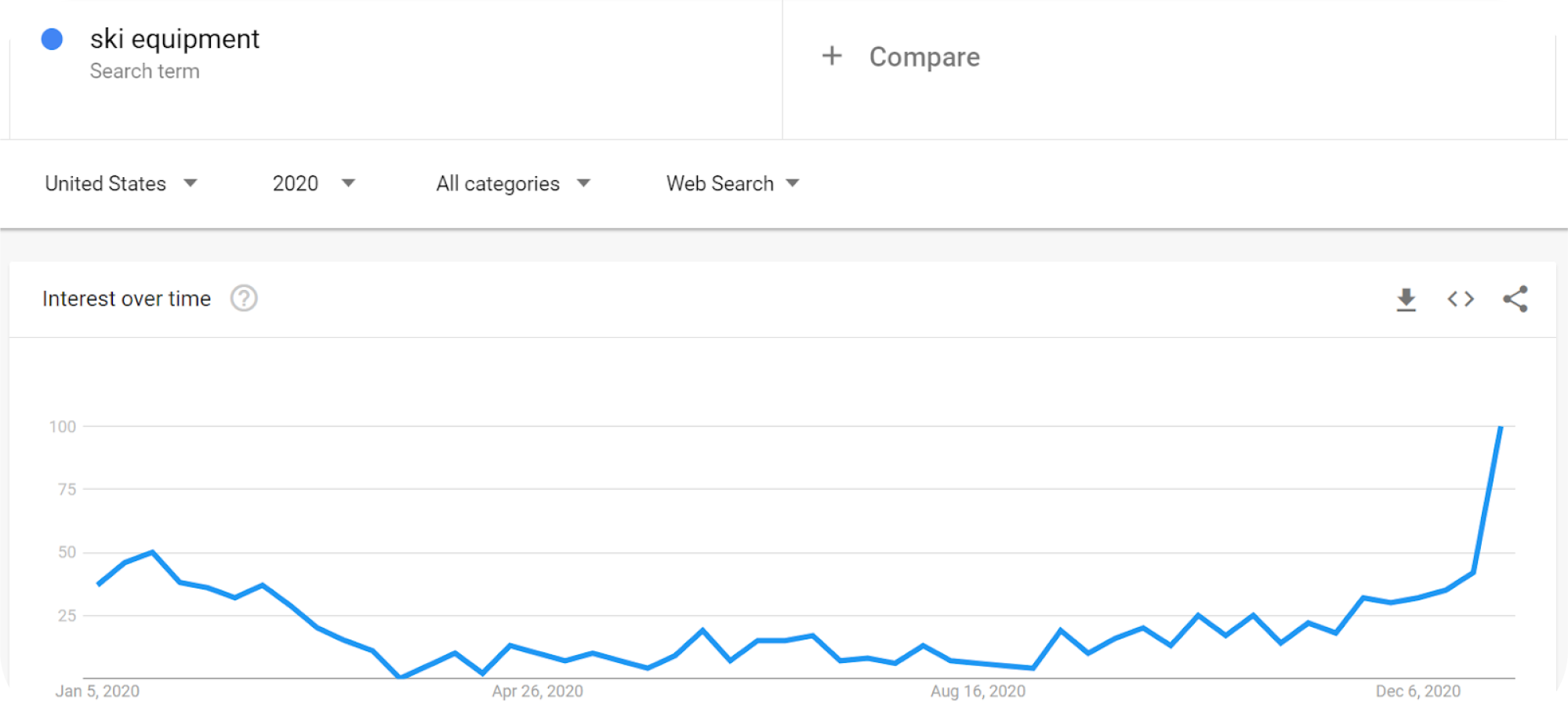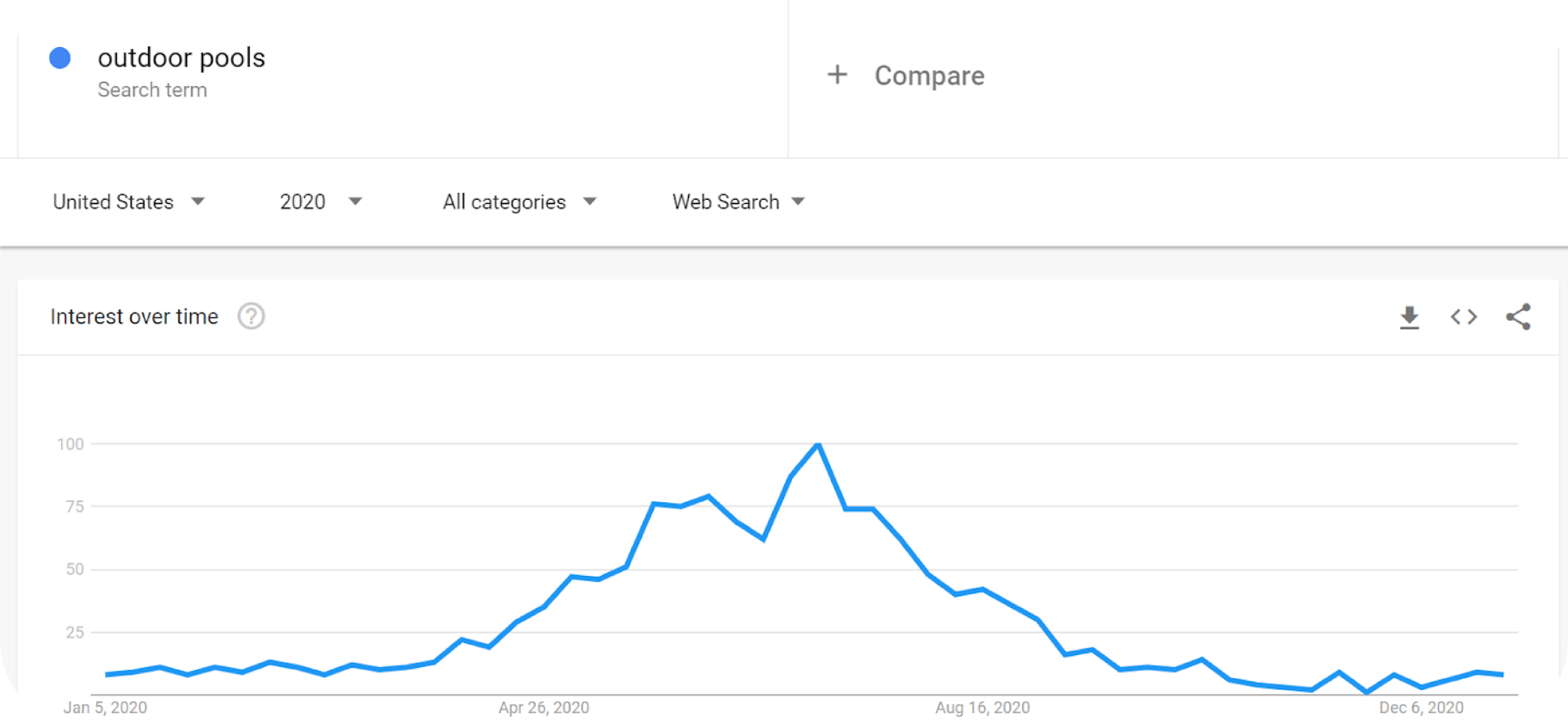Advanced tips and CRO best practices
You might be wondering what the pros keep in mind when they’re doing CRO marketing. Are there any best practices you should know about? Remember that CRO is a mindset. It’s about more than just A/B testing, user testing, or color theory. CRO is about understanding your users’ psychology and the way they think. If you haven’t already, consider creating personas showing your ideal users and their interests, characteristics, and pain points.
Besides psychology, the other main element to CRO marketing is using data and a scientific approach. Testing, heatmaps, website analytics, and other methods provide you with lots of data, but the question is what you do with that data. Consider creating data visualizations and graphs to understand the bigger picture of what’s happening on your website. Sophisticated analytics tools can provide you with deep insights to help you make better decisions.
Five Mistakes to Avoid While Doing CRO
As with any new skill, when you’re learning about CRO for the first time, you may be concerned about making mistakes. Here are five common mistakes newbies sometimes make when getting started with CRO, and how to avoid them.
Running Tests at the Wrong Time of Year
Seasonality is a real thing, and running tests during unusual periods can lead to skewed results. In particular, you’ll want to avoid times when people often go on vacation (such as August or late December).
If you work in a seasonal industry, it’s even more important to pay attention to when you run your tests. For example, here is a graph of Google search results for the term “ski equipment” in 2020:
Notice how it peaks during the winter season? Now, compare that with the search trend for “outdoor pools”:
Thinking of CRO as a “One Time Thing”
It’s important to note that CRO is an ongoing process, and isn’t something you can simply “do” one time and be finished. Your CRO efforts should be continuous over time, since your business, industry, and customer base might change.
Have a look at the Amazon.com homepage back in 1999:
Versus in 2021:
Notice the difference? Nearly everything has changed, from the design and layout to the colors, site copy, and page structure. That’s because Amazon has been continuously updating their CRO, marketing, and web design strategy over the years.
Using Sample Sizes That Are Too Small
Another CRO mistake is using a sample size that is too small during user testing. Since it can be difficult to get in touch with users and convince them to participate in a test, it may be tempting just to ask a few users for their opinion. The problem is that the smaller your sample size is, the less likely it is that the results are statistically significant.
So, how big should your sample size be? According to the Nielsen Norman Group, you should have at least five users in a qualitative study and 20 users in a quantitative study. You’ll notice that the number is quite different for the two kinds of studies. That’s because although smaller groups are less likely to be statistically significant, their insights can still be valuable for your research.
Thinking CRO is Just About A/B Testing
Another classic CRO mistake would be associating the whole field with just a single type of testing. Equating CRO to A/B testing is like equating UX to wireframing or SEO to keyword research. Those techniques are a part of the field, but they don’t make up the big picture.
To thoroughly understand CRO, you’ll need to understand digital marketing in general. This includes user psychology, research methods, and the marketing funnel.
Prioritizing “Conventional Wisdom” Over Data
Finally, the last thing to avoid in CRO is making assumptions. There’s inevitably some subjectivity involved in conversion rate optimization, and you’ll probably be selecting your preferred colors, designs, and copy at certain points in the process. The idea is not to eliminate subjectivity entirely—it’s to always test and pay attention to what the data says.
If a certain version of your landing page, newsletter, or ad performs better than your preferred version, it’s important to ask yourself why. Are some features making your preferred version difficult to use? Is there something in the new version that’s attractive to customers? When done right, CRO should be a scientific process that provides you with these insights.

